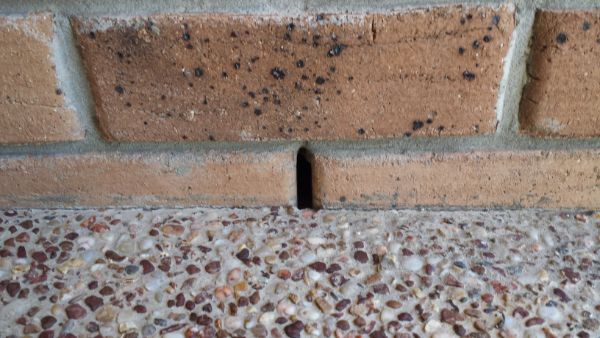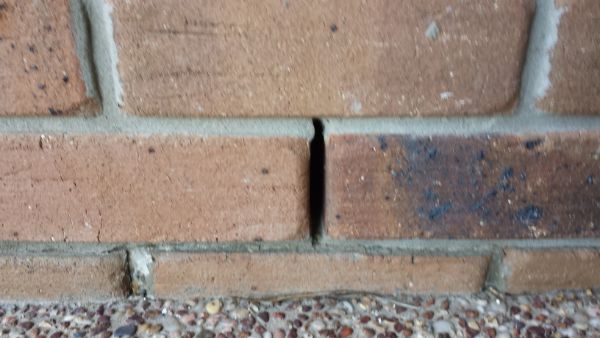Are Your Weepholes Free Flowing
Have you ever wondered what the holes at the bottom of your brickwork around the exterior walls of your dwelling are for?
These are called weepholes! Bricks being porous absorb quite a lot of water during rainfall and the weepholes provide an opening for the water to escape from the walls.
Weepholes also allow ventilation for air to flow behind the wall to help dry out the structure/timbers.
Weepholes have 3 main purposes: to detect termite activity, to drain water when it rains and free flow of air to dry out wall cavity.
Being a pest technician I advise clients that it is a must that soil, lawn, gardens, concrete paths or pavers do not cover the weep holes. If your house is rendered you may find that they have been covered up and is a big task to try and locate them. If you are in the process or thinking about rendering your house ensure the weepholes are left exposed.
Weepholes should be clean and free flowing as covering the weep holes in part or in full may allow undetected termite entry or concealed termite activity within the wall cavity.
Moisture (water) is a major attraction for termites and if water is pooling behind the brickwork in majority of cases termites will find them.
A house is the biggest asset majority of people have in their life time and we have all heard about the damage termites can cause quite quickly if left undetected. With this said, checking your weepholes are clear on a regular basis is one small job you can do to assist with detecting signs of termite activity quickly and easily.
Below is 3 photos: 1st is a weephole partially covered, 2nd free flowing weephole and 3rd showing termite tracks into dwelling.




